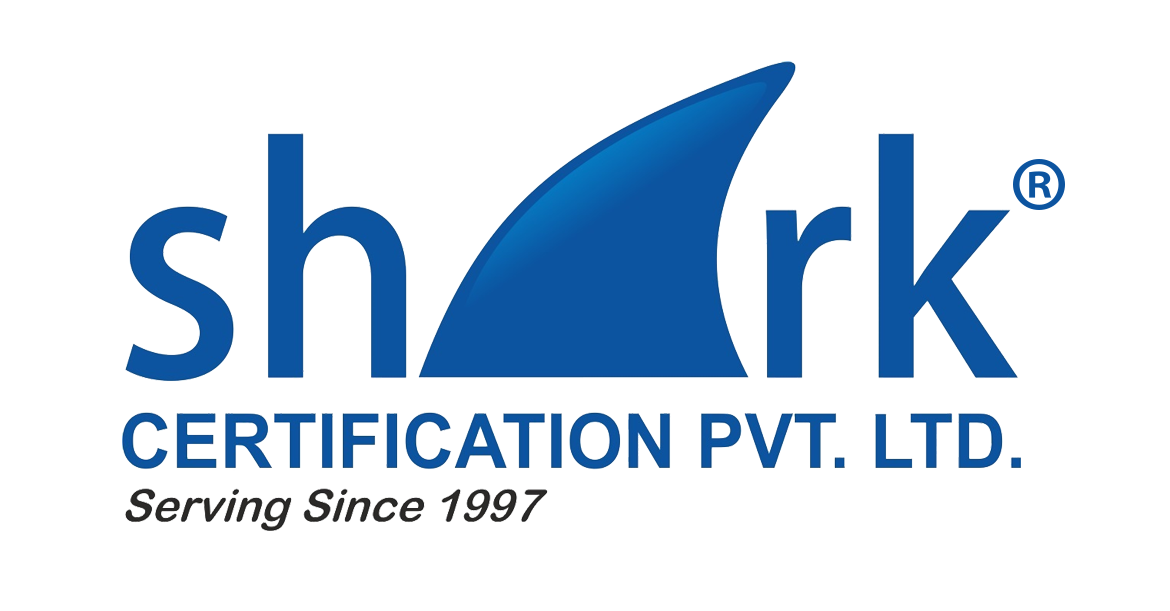QMS & EHS Standards
The International Standards specify requirements for quality management systems where an organization needs to demonstrate its ability to consistently provide product that meets customer and applicable regulatory requirements and aim to enhance customer satisfaction through the effective application of the system, including processes for continual improvement of the system and the assurance of conformity to customer and applicable regulatory requirements.
The ISO 9001 certification defines good management practices and aims at providing a global standard that spells out quality and trust. A Quality management system can be used by an company in any industry. Since the standard is neither industry- nor product-specific, it may be used by any organization that provides a product or service.
The ISO 9001 standard enable company to develop a Quality Management System (QMS) to meet customer quality requirements while progressively improving operational processes. It provides company with a set of principles that ensure a common sense approach to the management of your business activities to consistently achieve customer satisfaction.
What is quality management system?
It is the much desired framework that is needed to monitor and improve performance in any specialized area of your business. It could improve the way your business operates or it could help you bring down your operating costs.
Benefits of quality management system
Higher levels of efficiency: With the ISO 9001 Certification, you can be assured of better performances within the company. Your employees would be working towards a common goal and this would increase the performance of each department.
Better belief in the company: Employees always want to work with the best quality standards in place.
Better brand image: having the right brand image is an important part of every business. Having a QMS implemented would lead to a good brand image within the industry, clientele and your competitors.
Why ISO 9001:2015 certification?
ISO 9001:2015 is a standard that sets out the requirements for a quality management system. It helps businesses and organizations to be more efficient and improve customer satisfaction. This is generic standard can be deployed across all industries.
ISO 9001:2015 now follows the same overall structure as other ISO management system standards (known as the High-Level Structure), making it easier integrate multiple management systems. Another major difference is the focus on risk-based thinking; the new version gives it increased prominence.
ISO 9001:2015 brings a number of benefits
ISO 9001:2015 puts greater emphasis on leadership engagement
Helps address organizational risks and opportunities in a structured manner
Uses simplified language and a common structure and terms, which are particularly helpful to organizations using multiple management systems, such as those for the environment, health & safety, or business continuity
Addresses supply chain management more effectively
Is more user-friendly for service and knowledge-based organizations
Advantages:
Greater Assurance of meeting objectives as risk based thinking applied all across in the organization.
Integration of QMS into business processes, as accountability of QMS lies with top management.
Clear strategic direction of an organization as context of the organization is part of QMS.
Promotion of leadership across organization.
More reliable Product/Services as risk based approach is used for more effective and efficient service/product provision processes
Customer satisfaction – through delivery of products that consistently meet customer requirements
More Specific Benefits
Reduces cost
Improves product reliability
Better process control and flow
Better documentation of the processes
Greater employee quality awareness
Increased Productivity
Certification Procedure
The Certification Procedure is a multiple-step process. The certification cycle is described briefly:
Applying for Certification (Turnkey Project)
Consultancy/ Documentation & System Development as per Standard
Pre audit (optional)
Certification audit – (Stage 1 + Stage 2)
Issue of certificate on successful completion of certification audit
Surveillance audits at defined period
Recertification audit after 3 years
Send Message


